Mangalore style palya | South Indian sauteed veggies!
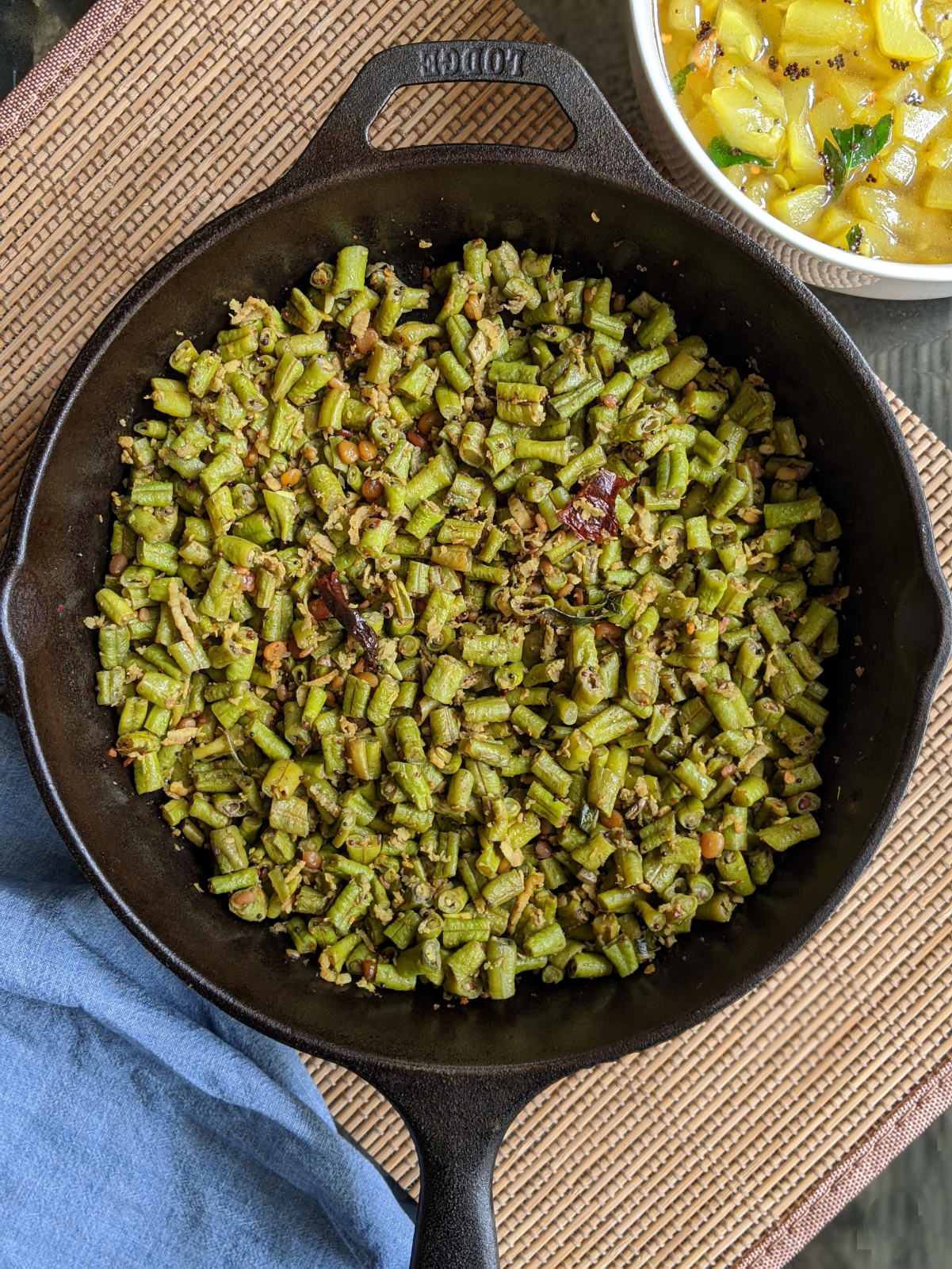
Mangalore style palya is a simple vegetable side dish, generally prepared using a single vegetable or sometimes a mix of vegetables. The vegetables are sauteed in a small amount of seasoned oil and cooked until tender and finished off with some freshly grated coconut. Doesn’t sound like much, but I promise you, it is one of the tastiest vegetable dishes! The seasoned oil gives the dish all it’s wonderful flavour!
‘Palya’ is the regional name for a dry side of vegetable in the south-Indian state of Karnataka and hence palya has South Indian flavours.
While palya can be prepared in many different ways, the recipe am sharing today is the basic recipe from the Brahmin(culturally lacto-vegetarian) community of Mangaluru-Udupi region. This Mangalore Brahmin style palya is a regular in my kitchen. I cannot do without it!
What is ‘Mangalore-style’?
Mangalore, officially Mangaluru, my hometown, is a beautiful coastal town in the Southern Indian state of Karnataka.
Mangaluru-Udupi region in Karnataka has it’s own special cuisine. Both vegetarian and meat-eating communities of the region have unique traditional recipes that are loved and admired across the state of Karnataka.
Today, I am using Yard long beans(alasande) to prepare Mangalore style palya but a variety of other vegetables can be used. Here is a list
- Green beans, cluster beans
- Cabbage, kohlrabi
- Beets/beetroot
- Ivy gourd/Tindora/tondekai
- Greens like spinach, amaranth, kale etc.
- Okra/Bendekai/Ladies finger
- Different kinds of root vegetables-yams
- Eggplant/brinjal/aubergine
- Bottle gourd/lauki
- Young jackfruit, unripe jackfruit
- And the list goes on!
What makes mangalore style palya special?
- Naturally vegan.
- Minimal use of oil.
- Minimal use of spices, Compared to mainstream Indian food 🙂
- No onion and garlic.
- Use of coconut adds a great flavour.
How is palya eaten?
Enjoy this Mangalore style palya with rice or roti, chapathi.
In Mangaluru-Udupi region, rice is the staple grain so palya is generally eaten with rice for lunch and dinner. Palya being a dry side, another gravy dish is also prepared to complete the meal.
Personally, I start my meal by mixing a portion of my rice with ghee and mixing in the palya. I end my meal by mixing the last portion of my rice with yogurt and eating it with the day’s palya. In a meal, I eat more palya than rice, that’s how much I love it 🙂
Check out these other simple Havyaka recipes!
- Tambuli – comfort food, very good for the summer.
- Majjige huli – coconut + yogurt curry
- Coconut chutney – great with dose and idli
- Click here for more recipes from the Havyaka cuisine.
I prepare palya in cast-iron pans. Cast-iron lasts a lifetime, is safe, adds iron to your food and provides a great heat retention, I love it!
Did you try this recipe?
Do leave a star rating and comment below to let me know how you liked it! I would love to see the photos too! Tag me on social media!
Thank you so much for stopping by! It really means a lot to me!
Don’t miss a recipe!
Please enter your email here and you will be notified of new recipes by email!
Mangalore style palya recipe
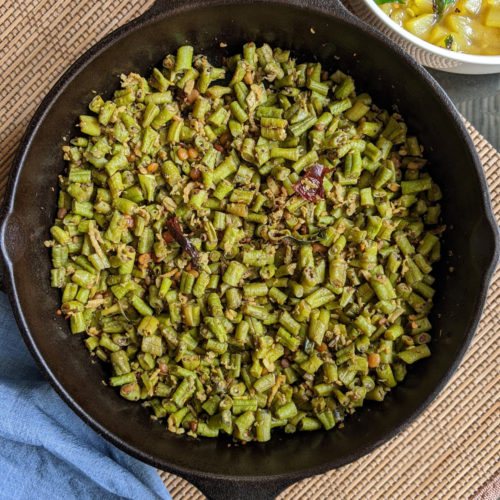
Mangalore style palya | South Indian sauteed veggies!
Ingredients
- 4 cups chopped yard long beans
- ¼ cup fresh/frozen grated coconut
- ¼ tsp turmeric powder
- ½ tsp red chilli powder
- ½ tbsp jaggery unrefined Indian sugar, optional
- ¾ tsp salt adjust to taste
- ½ tsp saarina hudi/rasam powder optional
- ¼-½ cup water
For hot oil seasoning/oggarane
- 2 tsp coconut oil or any oil of your choice
- ½ tsp black mustard seeds
- 1½ tsp de-husked black gram/urad dal/uddina bele
- 1½ tsp split chickpeas/chana dal/kadle bele optional, but adds a nice texture
- ¼ tsp cumin seeds optional
- 1 dry red chilli
- 1 twig curry leaves optional but recommended
Instructions
- Heat oil in a heavy bottomed pan.
- Add mustard seeds.
- When mustard seeds splutter, add chana dal, urad dal, cumin seeds, dry red chilli and stir till urad dal turns golden.
- Add curry leaves.
- Add chopped veggies.
- Add turmeric powder, red chilli powder, jaggery, salt and 1/4 cup of water.
- Cover and let it cook on medium heat. As this is a dry side of vegetable, there should not be any water left at the end of cooking. So, add more water as and when needed.
- Stir occasionally.
- When vegetables are almost cooked, add grated fresh coconut(or defrosted, grated frozen coconut)
- Cover and cook until vegetables are cooked.
- Add saarina pudi/rasam powder, if using. Mix and turn off the heat.
- Serve palya with rice, roti/chapathi.
Video
Notes
- The lentils and spices used are found in Indian grocery stores.
- an alternative to the above procedure – The vegetable can first be cooked(instructions 5-10). Then heat oil in another heavy bottomed pan and continue with the hot oil seasoning(instructions 1-4). Pour this hot oil over the cooked veggies and mix.
- Palya can be prepared with many other vegetables. Please find the list of vegetables above in the writeup.
- How palya is traditionally eaten – I start my meal by mixing a portion of my rice with ghee and mixing in the palya. I end my meal with a portion of my rice mixed with yogurt and palya.
- A Mangalorean everyday meal typically consists of rice, palya and a curry with gravy like this coconut yogurt curry(majjige huli).
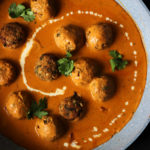
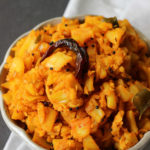
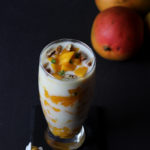
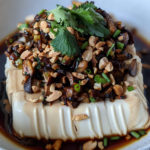
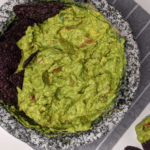
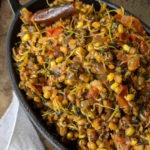
One of my favorite palya😊❤️
Mine too 🙂
Nice one , looks delicious
Thank you!